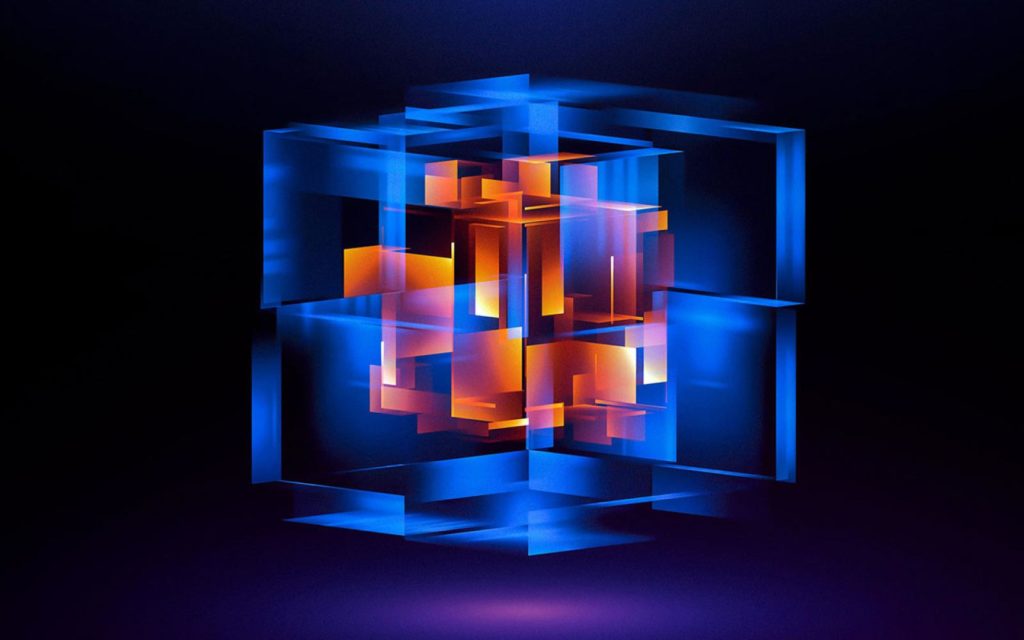Human learning is a single-shot stimulus exposure never forgotten and used to predict forms and examples. The network property for object recognition by invariant representations is what the I-theory deals with. In reference to the gradient descent method, the weighted method to store image templates can be used in Deep Neural networks to discriminate and invariantly represent various objects. Here is how the neural networks achieve this.
The theory of machine learning or ML applies to Deep Learning which is a subset of ML, and its functions and structure are akin to the brain. Artificial Neural networks work on the same principle of interconnected abilities of neurons to transmit signals, process data and perform complex operations.
The 3 important layers of neural networks are:
- Input layer working with numbers, text, images, audio etc.
- Output layer which provides the outcome.
- Hidden multiple layers which perform the operations of manipulation, analysis and extracting data feature extraction.
Each layer has an interconnection weight and layer bias. The artificial network adds the weights of inputs and also adds the layer bias to its output in a Transfer function. This is then sent to the Activation Function to produce the desired output.
The Activation functions are responsible for connecting the node by means of firing. The nodes that are fired connect to the output layer. The different kinds of this function depend on the task and model parameters. Some such activation functions are:
- The Sigmoid function which predicts as its output the probability and has a value from 0 to 1.
- The Step/ Threshold function which needs the value to be greater than the specified threshold to fire.
- The ReLu/Rectifier Function provides an output only if the value is positive.
- The Hyperbolic Tangent /Tanh function like the sigmoid function with an output between -1 and 1.
For Ex: The task is to pass pixels of images of both dogs and cats to get the predicted and desired output known as Y. That is the predicted value. The model may at times erroneously predict a cat as a dog or vice versa, and this is calculated and corrected through a Cost Function. This function adjusts the weights, sends the signal several times through the network to reduce the cost function error and give an output close to the desired output.
This Backpropagation algorithm is the same technique adopted by the brain. Similarly, there are neural networks like the Recurrent, Convolution, Deep-belief, Generative Adversarial, etc. which all work on the same principle while handling different tasks like pattern-recognition, image-detection or analysis of time-series. To best understand Deep Learning one can do a machine learning course and specialize in Deep Neural Networks. This provides you with a broad curriculum of topics and practical learning opportunities.

Many reputed institutes like Imarticus, also provide you with a machine learning certification which certifies you have the skills to apply the course learning and that you are industry-ready. They score with an integrated curriculum that includes lots of hands-on practice and convenient modes of learning and time.
ABOUT IMARTICUS LEARNING:
We offer a comprehensive range of professional Financial Services and Analytics programs that are designed to cater to an aspiring group of professionals who want a tailored program on making them career ready.
Imarticus Learning is the only institute that incorporates a variety of delivery methodologies- classroom-based, online and blended, that is managed by a fully integrated state of the art learning management and governance system. Our unique programs also act as a sourcing platform for leading Indian and Global corporates and we offer various customized corporate solutions designed to assist individuals and firms in meeting their human capital requirements.
Headquartered in Mumbai, Imarticus has classroom and online delivery capabilities across India with dedicated centers located at Mumbai, Thane, Bangalore, Chennai, Pune, Hyderabad, Gurgaon and Delhi.







